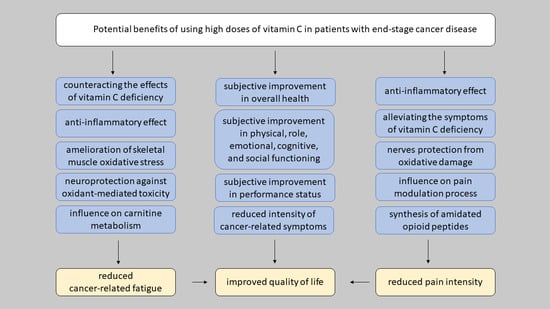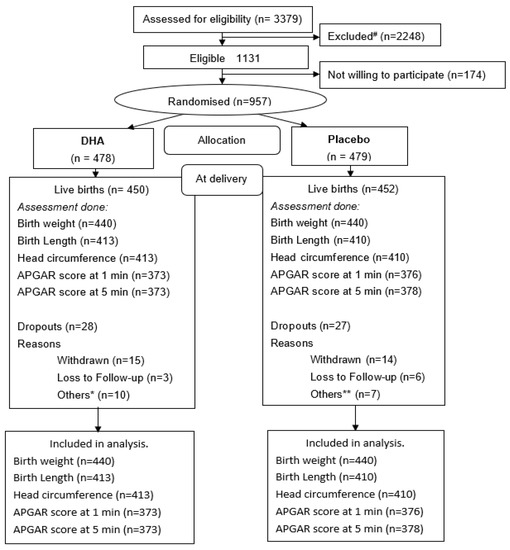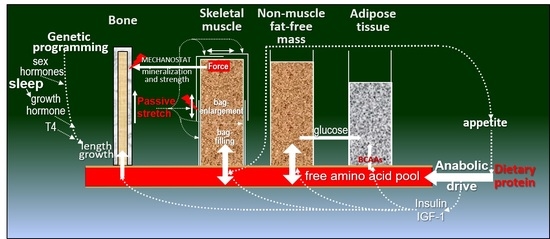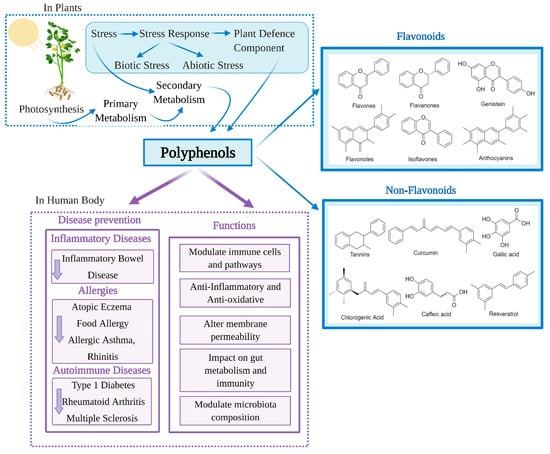1
Department of Experimental and Clinical Medicine, University of Florence, 50134 Florence, Italy
2
Department of Neurosciences, Psychology, Drug Research and Child Health Section of Pharmaceutical and Nutraceutical Sciences University of Florence, 50139 Florence, Italy
3
Department of Biomedical, Experimental and Clinical Sciences “Mario Serio” University of Florence, 50134 Florence, Italy
4
Laboratory of Clinical Pathology, Versilia Hospital, 55041 Lido di Camaiore, Italy
5
Department of Statistics, Computer Science, Applications “G. Parenti”, 50134 Florence, Italy
6
SOD of Interdisciplinary Internal Medicine, Azienda Ospedaliera Universitaria Careggi (AOUC), 50134 Florence, Italy
Nutrients 2021, 13(3), 742; https://doi.org/10.3390/nu13030742 - 26 Feb 2021
Cited by 41 | Viewed by 4348
Abstract
Altered circulating levels of free fatty acids (FFAs), namely short chain fatty acids (SCFAs), medium chain fatty acids (MCFAs), and long chain fatty acids (LCFAs), are associated with metabolic, gastrointestinal, and malignant diseases. Hence, we compared the serum FFA profile of patients with
[...] Read more.
Altered circulating levels of free fatty acids (FFAs), namely short chain fatty acids (SCFAs), medium chain fatty acids (MCFAs), and long chain fatty acids (LCFAs), are associated with metabolic, gastrointestinal, and malignant diseases. Hence, we compared the serum FFA profile of patients with celiac disease (CD), adenomatous polyposis (AP), and colorectal cancer (CRC) to healthy controls (HC). We enrolled 44 patients (19 CRC, 9 AP, 16 CD) and 16 HC. We performed a quantitative FFA evaluation with the gas chromatography–mass spectrometry method (GC–MS), and we performed Dirichlet-multinomial regression in order to highlight disease-specific FFA signature. HC showed a different composition of FFAs than CRC, AP, and CD patients. Furthermore, the partial least squares discriminant analysis (PLS-DA) confirmed perfect overlap between the CRC and AP patients and separation of HC from the diseased groups. The Dirichlet-multinomial regression identified only strong positive association between CD and butyric acid. Moreover, CD patients showed significant interactions with age, BMI, and gender. In addition, among patients with the same age and BMI, being male compared to being female implies a decrease of the CD effect on the (log) prevalence of butyric acid in FFA composition. Our data support GC–MS as a suitable method for the concurrent analysis of circulating SCFAs, MCFAs, and LCFAs in different gastrointestinal diseases. Furthermore, and notably, we suggest for the first time that butyric acid could represent a potential biomarker for CD screening.
Full article
(This article belongs to the Special Issue The Role of the Gastrointestinal Tract and Diet in Metabolic Dysfunctions)
▼
Show Figures












